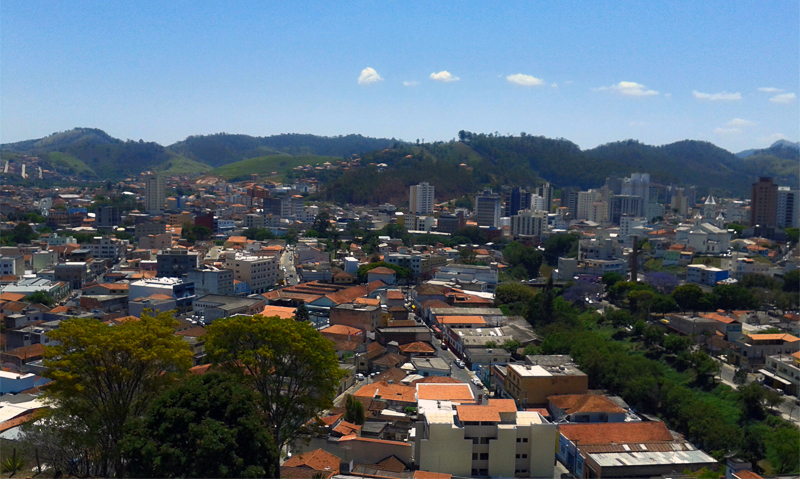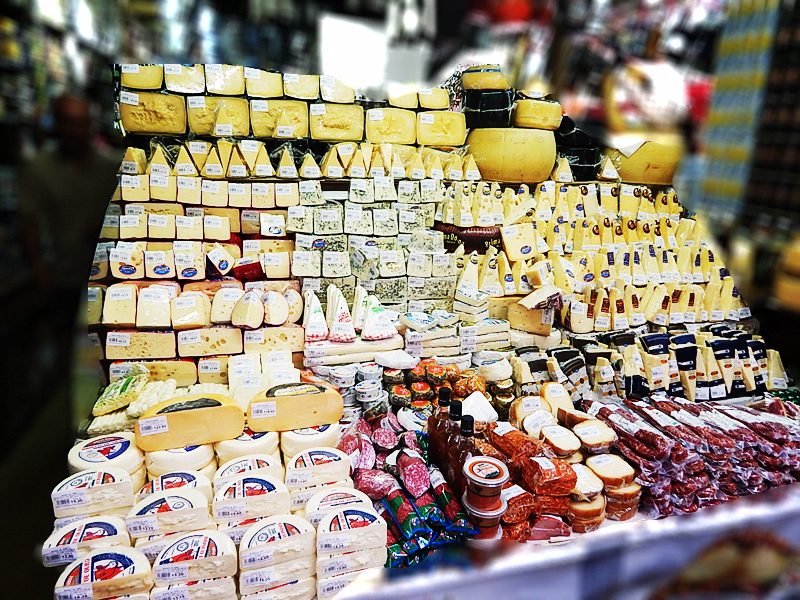Share the post "Chef Michael Bennett: How to Follow Your Eating Habits on Travel"
Traveling has become more than just getting away from home. We expect and demand stimulating experiences revolving around story-like panoramas. Our special guest Chef Michael Bennett, the author of seven books in culinary explorations, has shared some of his observations on how to find habitual food when you’re far away from home.
Dining away from home while you are visiting far-flung places, might not be a worrisome choice
When I travel, I want to experience the new and different, especially when it comes to dining. Some people don’t, they just want to get away for a while. Tourist destination-based restaurateurs tout recognizable food on their menus for their mainstream travelers. They will pair the familiar; let’s say a Gulf of Mexico Grouper with the unfamiliar like the local favorite passionfruit, to make a “Coulis” that will make this dining happenchance extraordinarily unique. Food ties all these situations together.
Restauteurs in insulated and isolated nations have realized that having a menu that attracts these exploring visitors is similar to shopping in a stock market commodity’s trading pit. Restaurants have learned that the best quality food merchandise comes from America. In far-flung places across the world, chefs complete their habitually by calling food couriers from America.
Even though Argentina’s known for large expanses of cattle lands, people in South America still like buying superior quality food from America. As things change, they stay the same. So you will see many of your favorite foods in restaurants across the world because of our quality edibles.
These are some places I have seen that use America to fulfill their shopping list.
Do you want to travel to Brazil for the Olympics this year?
In South America’s history, Brazil became the new home for many Italians fleeing Europe after World War II. This is why Brazil has so many Italian restaurants, over 5,000 alone in the financial capital of Brazil- Sao Paulo, a city of 20 million people. When these transplants brought their traditions of pasta, pizza and bread to the fertile lands in this southern Brazilian state, they discovered perfect cattle pasture lands and an unparalleled fruit farming environment. This land of “Milk and Honey” literally became a country where restaurants produce food recipes that are as good (and as expensive) as any found in Little Italy (NYC).
So you want to be where the Azure blue never ends?
The Island Nations of the Caribbean are as nationalistic as they are contrasting; bounded by beautiful blue Seas seems to be their single most unifying facet. As you travel from one country to another, you will discover the commonality among these nations is actually the food that goes on a plate. It is the clear underlying relationship that bonds these cultures.
The collective practice of island-bound restaurants is that chefs fulfill their shopping list in America. I know resorts that buy tractor trailer size shipments directly from Miami to supply their culinary needs in frozen and dry goods. This ease of dispensing a common need has produced similarity in Caribbean restaurant menus. Chefs find it easy to deliver conventional foods prepared in progressive Caribbean methodologies because of the ease in which they can be attained.
As trekking across the World has become common, food has followed in its effortlessness of procurement. As chefs persist on sourcing great quality food for their menus, they will continue filling their shopping lists in America.
Share the post "Chef Michael Bennett: How to Follow Your Eating Habits on Travel"









 EN
EN  RU
RU